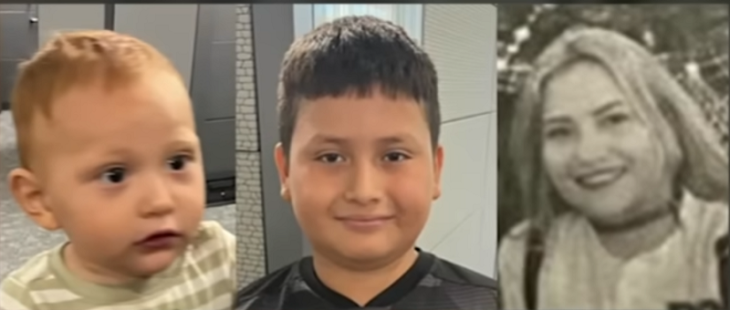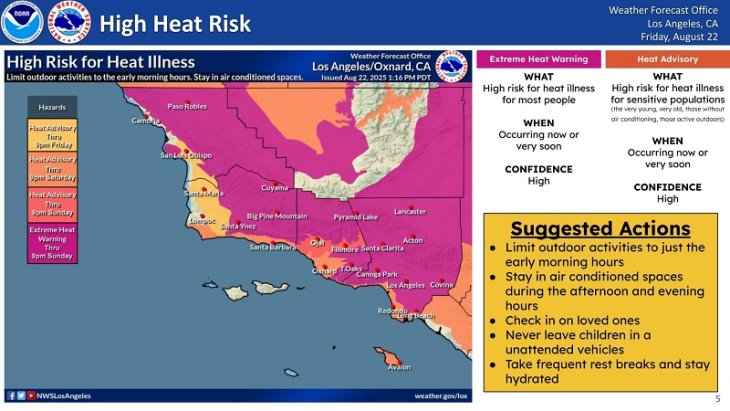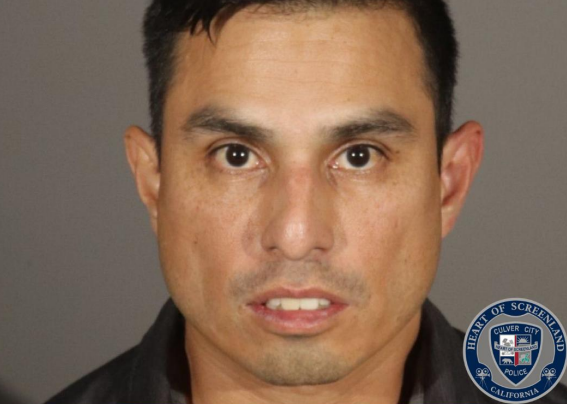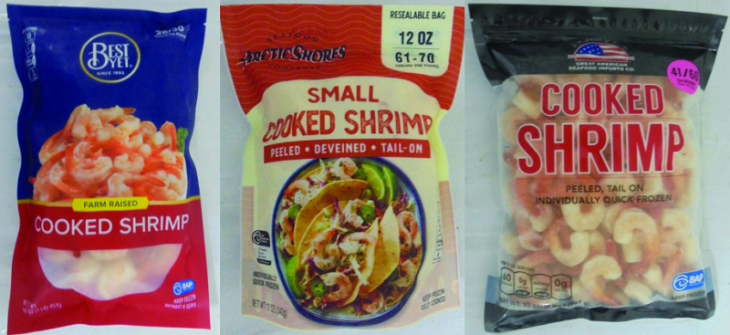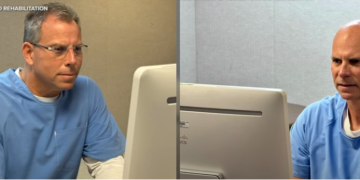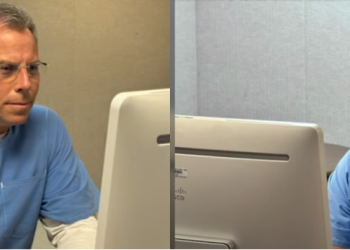Santa Monica-based cancer institute uses FDA-approved treatment to help patients
By Sam Catanzaro
“THE BEST CANCER TREATMENT YOU’VE NEVER HEARD OF” is right here in Santa Monica at Hyperthermia Cancer Institute (HCI). Hyperthermia is an FDA-approved treatment designed to improve the effectiveness of chemotherapy or radiation therapy. Hyperthermia is a gentle therapy with little to no side effects, and no known adverse effects on normal tissue. HCI attracts patients from across the country for this treatment, and the treatment is covered partially or completely by most forms of insurance.
Hyperthermia is a non-invasive procedure, it uses ultrasound delivered from the outside of the body. Hyperthermia can deliver heat as deep as 10 centimeters in addition to the thickness of fat. So the heat can reach tumors that are at the surface, as well as those that are quite deep in the body. Tumors are heated to up to 109o F for 45 minutes. The heat increases blood flow to the tumor which does three things. It brings more chemotherapy inside the tumor, it brings oxygen that helps radiation therapy work better, and it induces your own body’s immune system to attack the cancer.
The Medical Director at HCI is Dr. Joseph J. Pinzone, an internist and endocrinologist by training, who has been involved in NIH-funded molecular cancer research as well as clinical cancer research for many years.
While Dr. Pinzone learned about this form of heat therapy when in residency in the early 1990s, it was not until more recently that he understood how powerful the practice could be, particularly when added to other therapies.
“As I understood that, I realized this is something that we have to get out there. It hadn’t really caught on previously in this country, but because I have the ability to both understand cancer at a molecular level and to communicate the potential benefits of cancer therapy, I thought it would be an excellent opportunity for me to use my skills to establish this as a cancer therapy that everyone could take advantage of,” Dr. Pinzone said.
HCI uses the Sonotherm 1000, a device that is FDA-approved to treat all solid tumors in combination with chemotherapy or radiation therapy. According to Dr. Pinzone, any place you can have an ultrasound done in your body, the Sonotherm 1000 can be used to treat cancer.
“The particular device that we use, and the particular technology that we use here at HCI, has been validated by studies that have been presented to the FDA and the FDA has found them to be effective and safe. And so specifically, we have the backing of the FDA in terms of our ability to represent that we have effectiveness and we have a good safety profile,” Dr. Pinzone said.
“Somewhere between 106o-109o seems to be a magic window where a variety of changes take place in that tumor,” Dr. Pinzone said. “It is a little higher than a fever and a little cooler than the hottest California day. We heat the tumor for approximately 45 minutes at that temperature. What that does is increase the blood flow to the tumor.”
This heating process, Dr. Pinzone says, helps fight tumors in three ways.
First, if you are on chemotherapy or any systemic therapy, hyperthermia increases the blood flow to the tumor which allows better access of that therapy to the tumor, particularly to the central portion of the tumor where the blood vessels are often poorly formed. The increased blood flow delivers oxygen to the tumor, and if you are receiving radiation, the radiation works much better in a well-oxygenated environment, Dr. Pinzone says.
Second, many traditional cytotoxic chemotherapy agents and radiation therapy damage the DNA of the tumor. This targets that tumor cell for destruction. Hyperthermia has the effect of slowing the enzymes that repair the DNA that is damaged by the chemotherapy or radiation therapy. “This is really critical. We don’t want that DNA repaired, we want it to stay damaged because that targets the cells that have the damaged DNA for destruction and removal. So that is actually how many types of chemotherapy and radiation therapy work,” Dr. Pinzone said.
Third, according to Dr. Pinzone, hyperthermia stimulates an immune response. “The great thing about our technology is there are no known adverse effects on normal tissue. When we heat to 109o F, we stimulate the release of what are called heat shock proteins. The same proteins that get released when you have a fever and their job is to alert the immune system to get rid of anything that is foreign,” Dr. Pinzone said. In addition to releasing the heat shock proteins that stimulate the cells of the immune system, the therapy also directly disrupts the cells of the tumor. “We release all the mutated proteins that are inside of that tumor, and those to our body look like foreign invaders. So when you combine the stimulated immune cells with the specific parts of the tumor that look foreign, you get an immune reaction to that tumor,” Dr. Pinzone said.
“There are many studies that have demonstrated a substantial increase in the response rate to chemotherapy when you heart a tumor compared to just giving chemotherapy alone. Some studies even demonstrate and increase in overall survival when you treat with hyperthermia plus chemotherapy compared to chemotherapy alone,” Dr. Pinzone said.
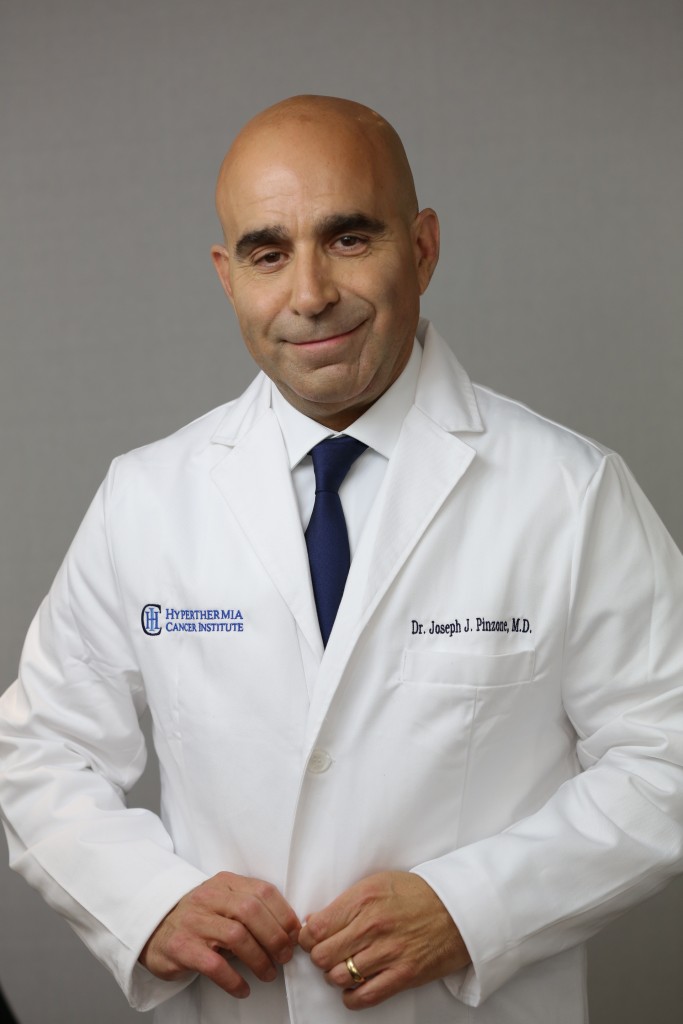
Dr. Pinzone added that there are similar improved results with heat added radiation therapy. Studies demonstrate that in various tumor types that when hyperthermia is provided along with radiation therapy, there is a better response rate of the radiation. “The tumor shrinks more than if you provide radiation alone, and in some cases, you can actually improve survival in patients who receive hyperthermia plus radiation, compared to radiation alone,” Dr. Pinzone said.
A session at HCI takes either one or two hours, depending on how many sites are treated, often six days a week. Dr. Pinzone notes that this takes a commitment from patients, but the frequency of sessions contains invaluable benefits. However, as stated previously, hyperthermia is extremely gentle and non-invasive. “In fact,” says Dr. Pinzone, “our patients often mediate or sleep during therapy.”
“Our patients become like family to us,” Dr. Pinzone said. “We have an environment that is extremely welcoming. There is zero pressure to do anything in particular and we provide as much support as we can. We have many patients from out of town. We often help them with travel and with housing to both coordinate it and, in some cases, to help offset the cost through various foundations. The bottom line is that we go the extra mile for our patients. We get to know them better than almost any other provider has an opportunity to get to know them, and we advocate for them in ways that I have never seen in any other environment I have ever worked in.”
To find out more about whether hyperthermia can help you, call HCI at 888-580-5900 or visit their website at hcioncology.com.
“Patients with cancer today are more educated and advocate more for themselves and their family members than ever. That is one of the reasons we have been so successful at helping people, because they are able to find us either through their healthcare provider or on their own. We offer a unique environment and treatment option that they can’t find anywhere else and that gives people hope,” Dr. Pinzone said.



